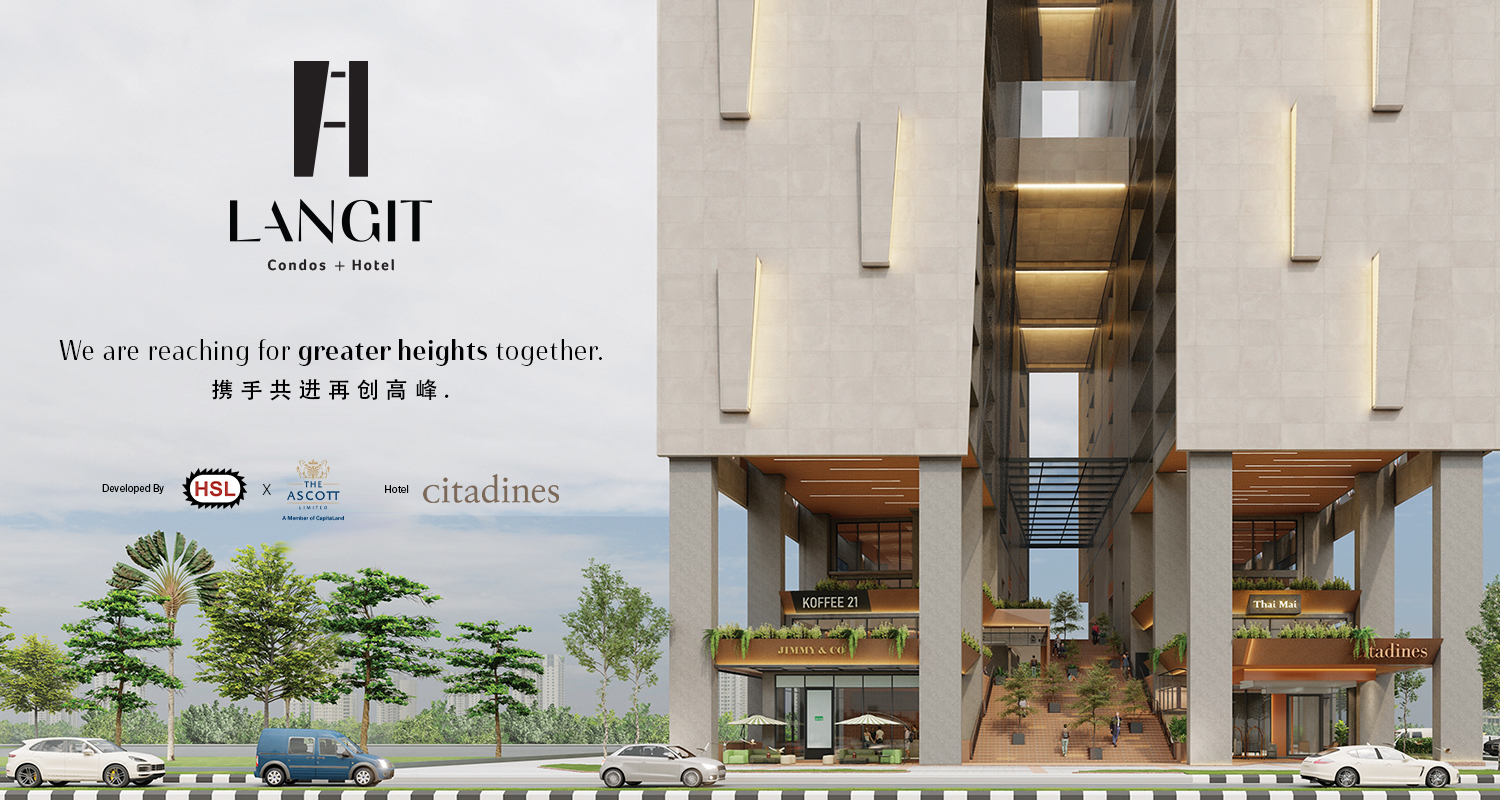
By Calvin Jemarang
BINTULU, April 4: We must preserve our cultural heritage said Minister in the Premier Department, Datuk John Sikie Tayai.
He said this at Rumah Ado Bilong, Kakus when attending Sarawak Museum Department’s (SMD) “Pemuliharaan Warisan” (Heritage Restoration) programme yesterday.
Last year, Sarawak Museum Department director Tazurdin Mohtar had expressed his willingness to conserve all kliriengs found in the State, in a meeting with a Punan National Association (PNA) delegation headed by Penghulu Sanok Magai.
On 18 October 2021, anthropologist Dr Elena Gregoria Chai Chin Fern accompanied by Calvin Jemarang from PNA rushed to a site to inspect a klirieng after a post on social media showed a klirieng had been dragged out of the Penyarai River by villagers.
According to a preliminary survey by Dr Chai there are at least nine klirieng in the Penyarai River, but only three had been located.
All three klirieng were located downstream of Masken River. Her inspection found two kliriengs at the bottom of Penyarai River, one of which was the one was dragged onshore by the villagers.
However, a few months later, the superstitious local Beketan villagers threw the piece they had dragged onshore back to the bottom of the Penyarai River.
“There was a big flood after the klirieng was lifted out of the Penyarai River, so we threw it back in the river,” said Tuai Rumah Samun, one of the several Punan and Bagatan chiefs attending the SMD programme.
However, Sikie remarked: “If these kliriengs remain at the bottom of the river, they will rot.”
“Then these klirieng, a very important cultural heritage of Sarawak will be lost forever, and cannot be seen by the future generation.”
Sikie who is also of Punan lineage, was adamant in seeing his ancestors’ heritage preserved and appreciated by future generations.
“My great-grandmother, Ulau, was the sister of Lidom, Tatau Punan paramount chief. He was married to Basat,” he pointed out.
According to local Punan oral history, Sikie’s ancestors led a local Punan rebellion against the Brunei annexation of the Tatau basin, but they were defeated by the Brunei Sultan. To avoid further rebellion, the Sultan gave Saghek (Sikie’s ancestor) “sungai tulin” rights over the Tatau basin.
That right was passed down through various generations until Nyipa Lidom, who was Ulau’s nephew. According to a University of Brunei historian, Associate Professor Dr Awang Asbol Mail, Batang Kemena, Tatau, and Balingian were ceded to James Brooke by Pangeran Anak Siti Khatijah.
Historical records indicated Anak Pangeran Siti Khatijah was the ruler of Batang Kemena, wife of Orang Kaya Paso (Datuk Paso), the grandson of Saghek.
Sikie’s father, Penghulu Tuai Rumah Tayai in 1961 wrote an article “Asal Orang Ti Dulu di Batang Tatau”. Tayai reported hearing Basat was already married to a Punan, and more Saribas Dayak then sought Lidom’s permission to settle in the Tatau basin.
Among the names mentioned by Tayai as the first Iban settlers in the Tatau basin, circa in the mid-nineteenth century were Runggor (Apai Dian), Saong (Apai Jali), Assan (Apai Buya), and Penghulu Berasap (Apai Manyi).
It is believed, most of the kliriengs, once scattered from the mouth of Tatau River to the headwaters of Kakus and Anap belong to Saghek and his kindred.
Meanwhile, Sikie’s great-grandmother’s mausoleum, a klirieng, is located at Rantau Belak (Lulau Belak in Punan). It is situated precariously as it is on the verge of toppling into the river soon if there is no intervention.

Sikie is proposing for a local Punan community leader, Penghulu Sanok Magai, to lead a local task force to determine how to save the Penyarai River klirieng.
Meanwhile, Tuai Rumah Ado Bilong said: “I’m fully supportive of Sarawak government initiatives to save my ancestors’ heritage.”
“This is the best way to preserve this heritage from a bygone era,” she stressed. — DayakDaily







